Advertisement
If you've been using ChatGPT often—maybe to help with homework, plan your day, or write something cool—you’ve probably noticed that while it’s super smart, the screen and buttons around it doesn’t always keep up. ChatGPT’s brain might be top-notch, but its face—what we see and click on—is still learning. Let’s talk about some ways the interface (UI, short for user interface) could improve, especially for people who use it every day.
Think of UI as the steering wheel and dashboard of a car. If they're clunky or hard to use, even the fanciest engine won't help. That's what's happening here.
From smoother navigation to smarter controls, these changes could seriously improve the way people interact with ChatGPT every day.
When you open ChatGPT, all your old chats are just sitting there in one long list. There’s no easy way to group them. So if you have one chat for school, another for work, and a few for random questions—good luck finding them later.
A folder system, or at least some kind of tag or label feature, would help a lot. Imagine being able to keep all your school chats in one place, all your creative writing in another, and even color-code them. That way, you’re not stuck scrolling forever to find the one where you asked for essay help last week.
Even though there's a search bar, it feels half-asleep most of the time. It often misses stuff or gives results that don't make much sense for people who use ChatGPT daily; finding that one helpful response from three weeks ago is like looking for a paperclip in a pile of wires.
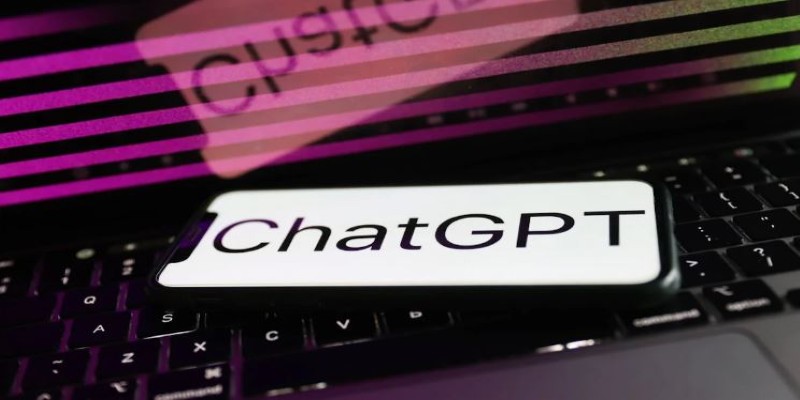
A better search that actually understands what you're looking for—maybe even with filters for date or topic—would fix this. If ChatGPT can write code and poems, it will surely help us find our old questions faster.
Sometimes, ChatGPT gives way too much information. Other times, it's too short. But there's no easy slider or setting where you can say, "Give me just the basics," or "Explain this like I'm five."
Having quick controls for tone, length, and style right on the screen would be a game-changer. A simple toggle like “Short Answer / Medium / Detailed” could save people from having to keep typing, “Can you make that shorter?”
Let’s say you asked ChatGPT to write you a schedule for the week, and it nailed it. But now that reply is buried under 50 other messages. Wouldn’t it be nice to pin that one response so it always stays at the top of your chat?
Pinned messages are like bookmarks inside your chat. They’d let people highlight the most useful answers without having to copy-paste them somewhere else.
By default, ChatGPT names your conversation based on what you talked about—but only after you close the chat. That’s confusing. If you start a chat asking about Shakespeare but end up talking about science projects, the title won’t match at all.
It would be much better if we could name the chat ourselves from the start—or at least edit the title right away. That way, we’re not stuck with weird titles like “Untitled” or “Math Tips” for a conversation that ended up being about birthday party ideas.
Using ChatGPT on a phone is fine… until it's not. The tiny text boxes, limited screen space, and constant scrolling can make it annoying fast. Sometimes, the keyboard blocks the messages. Other times, you accidentally hit the wrong button.
An updated mobile layout with easier buttons swipe gestures, and larger reply boxes would help a lot. Most of us aren't always on our laptops, so the phone version needs just as much love.
Ever notice how the typing area is super small? It’s like writing a paragraph on a sticky note. If you're trying to write a story, ask a long question, or paste code, you end up squinting and scrolling within that tiny box.
Expanding the input space—either automatically as you type or with a “pop-out” editor—would make longer messages feel less cramped. It’d feel more like a proper workspace and less like a tiny suggestion box.
Sometimes, you type a prompt, hit enter, and then instantly think, "Oops, I should've added more." Right now, the only way to fix that is to retype everything again—or copy and paste it from memory.
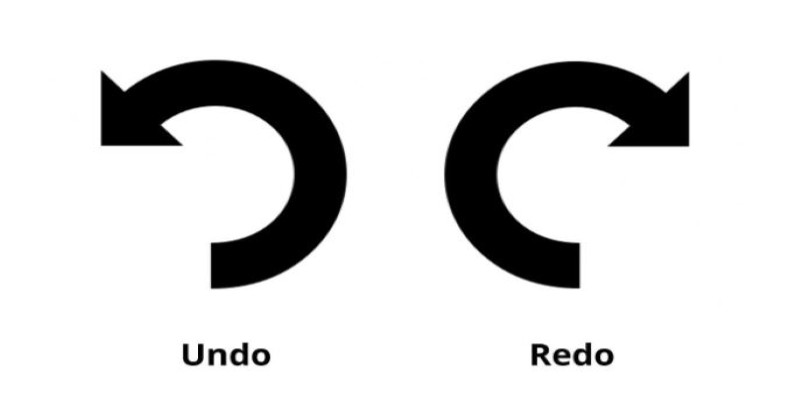
A simple “Undo” or “Redo” button for input would be a small but powerful fix. It would make ChatGPT feel more like a word processor, where mistakes are easy to fix instead of frustrating.
Let’s say you didn’t like ChatGPT’s first response, so you hit “Regenerate.” It gives you another version, but now you’re stuck trying to figure out what changed. Sometimes, it's obvious, but other times, it's super subtle.
Wouldn't it be nice if the app could highlight what's different between the responses? Like those "track changes" features in docs? That way, you're not playing spot the difference just to see what improved.
When you revise your message, it just updates silently. But sometimes, you want to go back and see what you originally wrote—or how a message changed over time. That history disappears as soon as you hit "edit."
If ChatGPT stored a short edit history for each message, it would be easier to see how your conversation evolved. Great for students, writers, or anyone who’s using the chat as a thinking tool.
These ten fixes aren’t about fancy features—they're about making ChatGPT easier for everyday users. With better search, smarter labels, and more control, the tool could feel smoother and more helpful. ChatGPT's thinking is sharp. Now, the interface just needs to catch up.
Advertisement

Explore how curiosity shapes AI, fostering adaptive, intelligent, and innovative systems.

Discover the power of spatial intelligence and its role in driving creativity, innovation, and technological advancements across various fields.
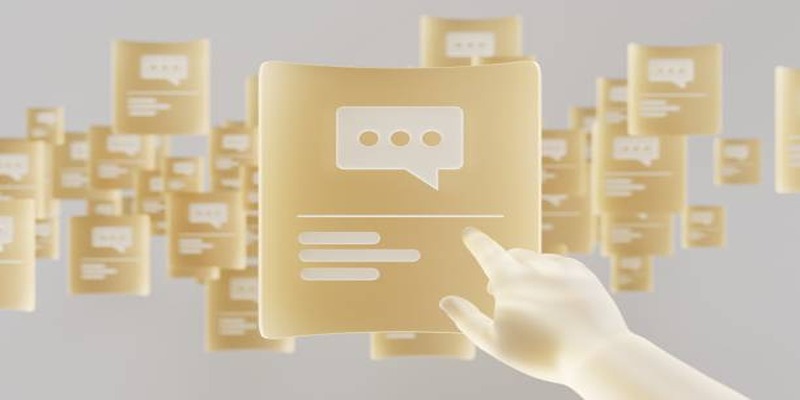
How AI-driven chatbots can streamline business operations, improve efficiency, and boost customer satisfaction effectively.
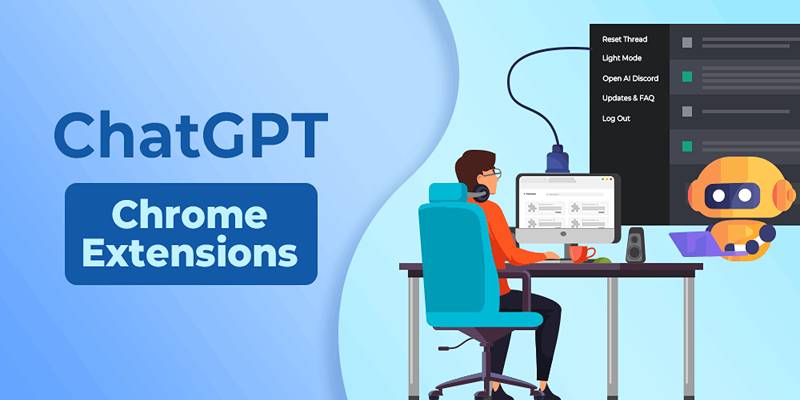
Supercharge your ChatGPT experience with these 10 Chrome extensions that improve usability, speed, and productivity.
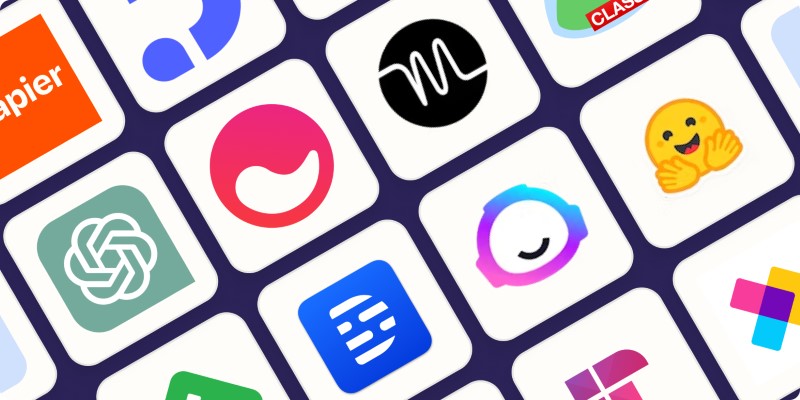
Discover the best AI search engines and tools to search the web smarter in 2025. Find what you need faster with these AI-powered web search platforms

What AI slop is, why it’s flooding the internet, and how to avoid falling for low-quality AI content with these simple tips

Discover 5 hidden ChatGPT features you probably aren’t using—but should. Learn how to boost your productivity with tools like memory, custom instructions, plugins, and more

Looking for OpenAI Sora alternatives? Here are 6 free AI video tools you can try today. Turn your text into video and explore AI-powered video creation without paying a cent
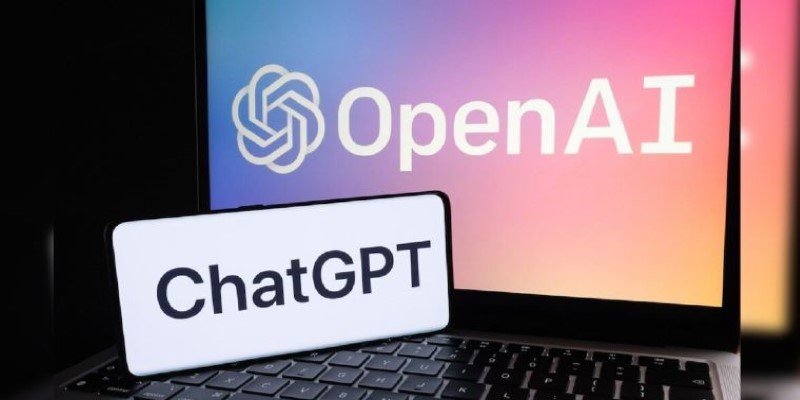
Worried about downloading the wrong app? Here's how to spot fake ChatGPT apps on the Apple App Store and make sure you're using the official version

From AI fatigue to gimmicky features, these 7 signs show the AI boom may have already peaked. Here's what you need to know.

Customize ChatGPT into a Gen Z chatbot with opinions, slang, and style using OpenAI’s newest personality features.

GPT-4 is now free for everyone, but there are still six key reasons to keep using ChatGPT Plus. Discover how you can get more speed, priority access, and extra features with a Plus subscription